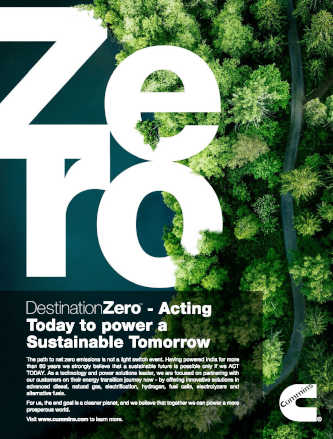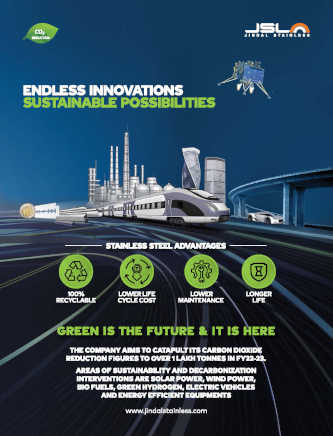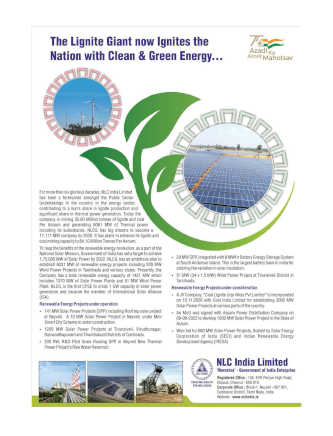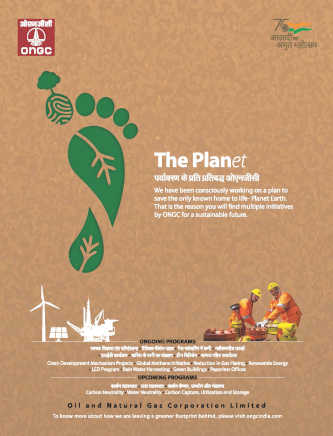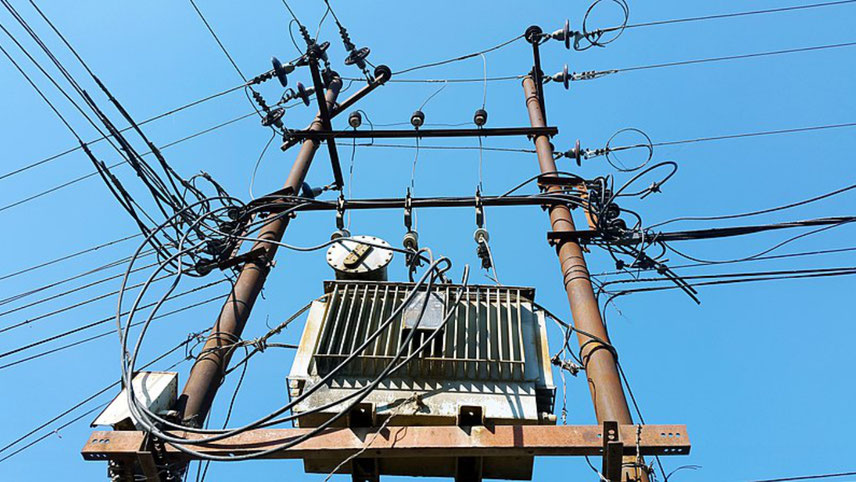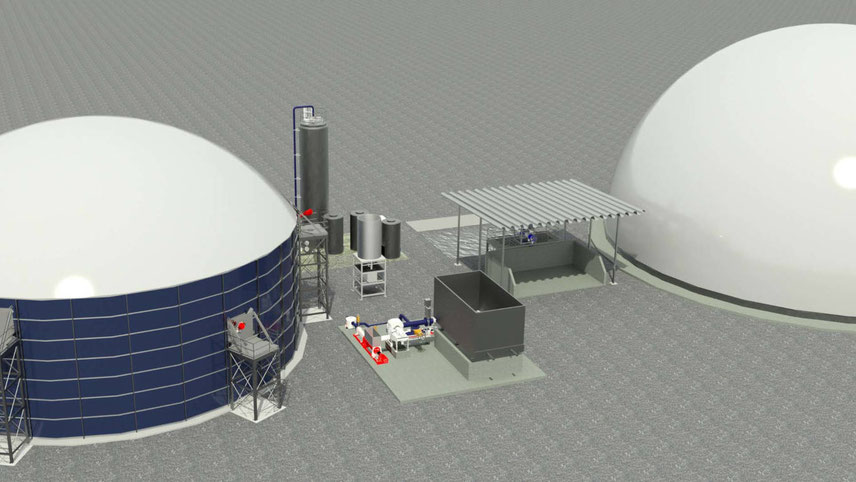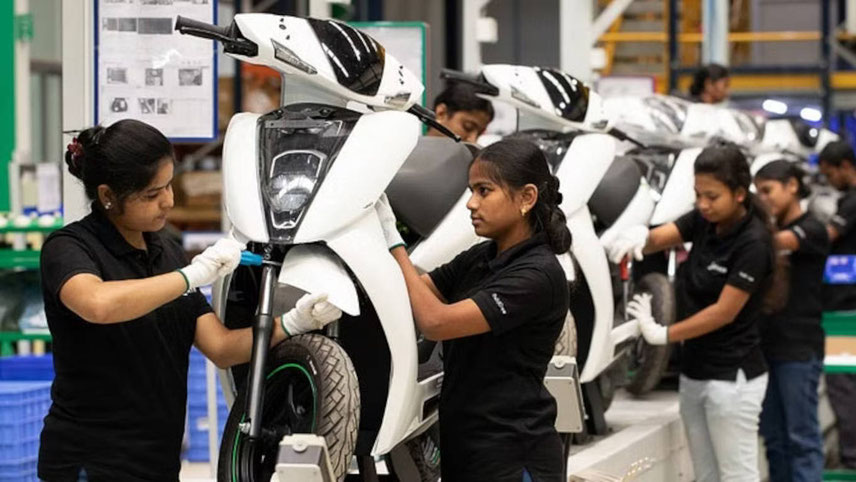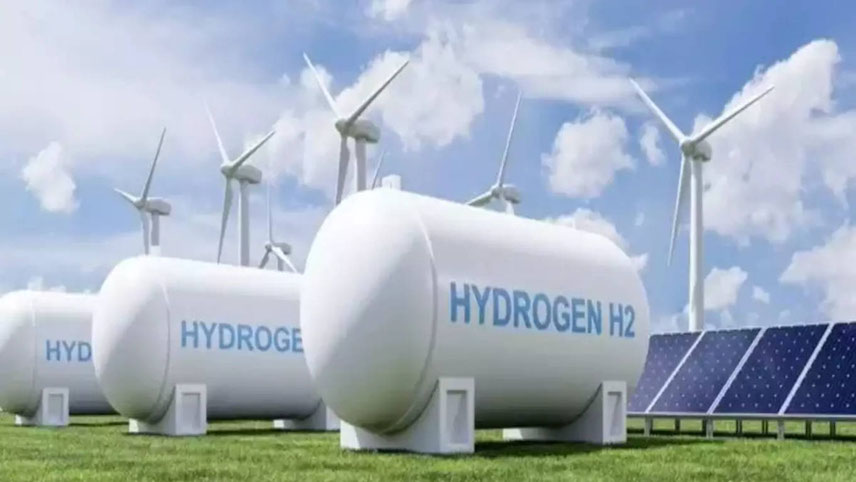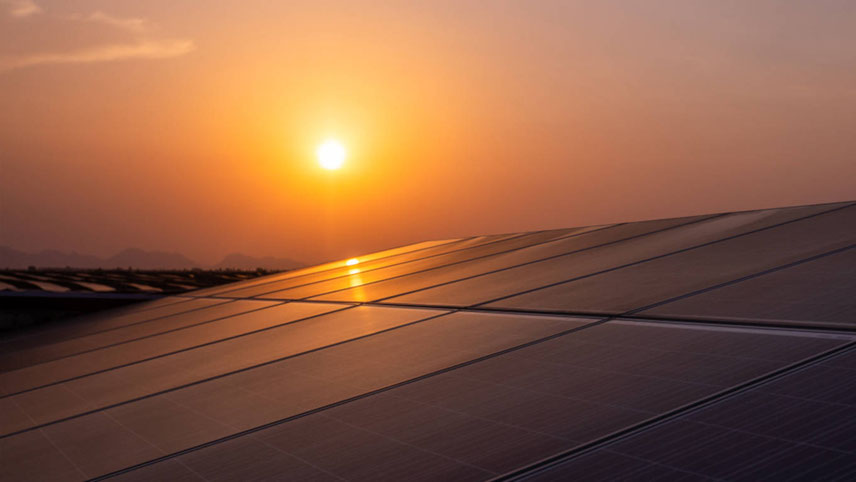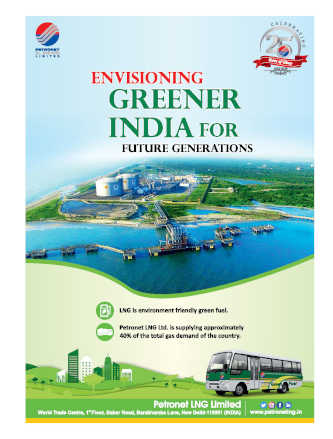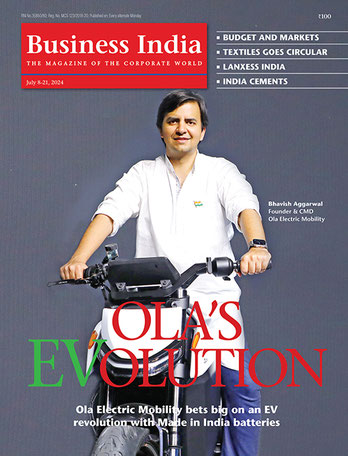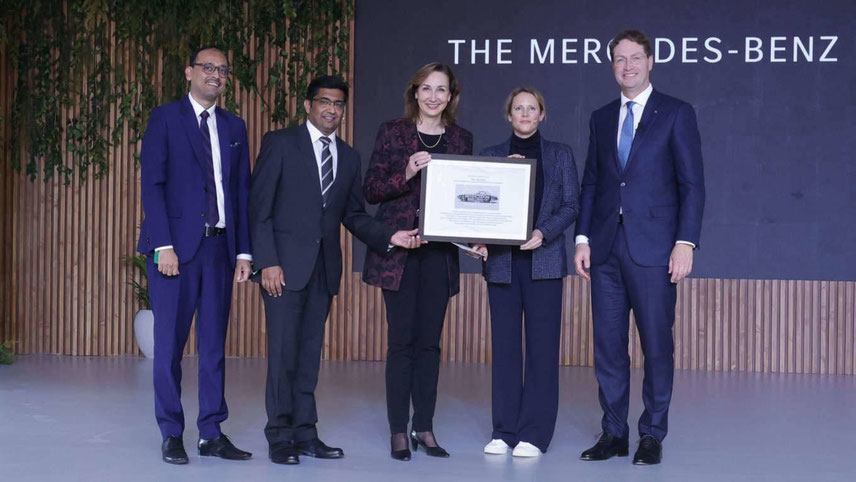
What do the cities of London, Singapore, Toronto, Vancouver, and Kochi have in common? These cities have taken the first step towards carbon-neutral or zero carbon buildings (ZCBs). The city of Kochi is the only city in India to have announced a public commitment towards ZCBs. Since June 2018, WRI India has been working with the Kochi Municipal Corporation on developing a city-wide roadmap to help Kochi city transition to ZCB for all building types. This was the first sub-national, bottom-up effort in India to develop a ZCB vision and action plan.
What are zero carbon buildings?
Zero carbon buildings (ZCBs) are highly energy-efficient buildings that over the course of a year meet the remaining balance of their operational energy needs from carbon-free, renewable energy. They either produce this energy onsite or purchase it from the grid. The global development community has highlighted the urgency of shifting to ZCBs, setting a timeline to meet the Paris Commitment of all new construction as ZCBs by 2030 and all buildings as ZCBs by 2050. Most roadmaps and action plans developed by countries and cities focus on operational carbon since they are cost-effective, technically achievable, and politically feasible. This is not to ignore the importance of addressing carbon embodied in building materials and technologies for construction which vary widely depending on local conditions and need robust systems of testing to quantify the carbon content of materials and technologies.
Why zero carbon buildings?
Buildings accounted for 30 per cent of final energy use and 28 per cent of energy-related CO2 emissions globally in 2017; 70 per cent of these emissions are from a generation of electricity and heat for use in buildings. Global building sector emissions have now been rising two years in a row. The decline in energy intensity improvements in buildings from 2 per cent in 2015 to 0.6 per cent in 2018 was significantly lower than the floor area increased by almost 2 per cent between 2017 and 2018.
These trends juxtaposed against a projected doubling of building stock by 2060 have created an urgent need for decarbonisation of buildings sector. ZCBs lie at the centre of global calls for building sector decarbonisation requiring more ambition and greater adoption of building sector climate actions. ZCBs are feasible everywhere now and we are going to need many more cities and countries to commit to them if the building sector is going to do its part to stop runaway climate change.
It is important that Indian cities prioritise zero carbon buildings since buildings make up for 35 per cent of India’s total electricity consumption; and India’s Nationally Determined Contribution (NDC) has included building energy codes and their enhanced implementation as one of the strategies to achieve the target of 33-35 per cent reduction in energy intensity of its GDP by 2030. ZCBs are also resilient against climate change-induced impacts on energy supply and demand and annual occurrence of extreme events like heatwaves and floods that have become common in major Indian cities since the last decade.
Feasibility of ZCBs in India:
In India, the term Net Zero Energy Building (NZEB) is more commonly used. The headquarter of the Ministry of Environment, Forests and Climate Change in New Delhi is India’s first NZEB. NZEBs produce as much renewable energy as it needs in a year thereby offsetting carbon emissions from its operational energy use. Since some buildings may not be able to produce enough renewable energy on-site due to space, density, resource or regulatory constraints, a ZCBs approach offers more flexibility in also meeting zero.



